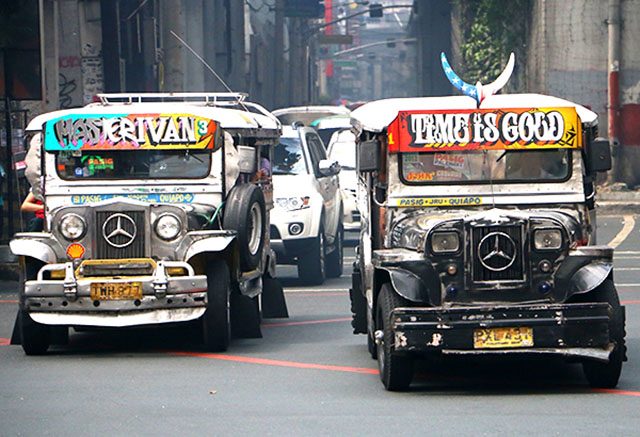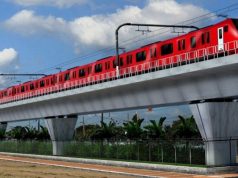Universities and colleges in Manila are located in areas students perceive to be rather risky, attracting crimes such as petty theft.
A study by researchers from the Far Eastern University, however, found that these places—despite appearances—are relatively safe based on SafetiPin, a map-based mobile app that assesses urban safety.
The study was an audit work of students from FEU Manila and the FEU Institute of Technology as part of a forum called “YOU-Belt Watch: A Forum on Safe Urban Mobility and Accessibility” last month.
The auditing process took place within the university belt or U-belt. They found that 86% of the U-belt area were deemed “excellent” in terms of safety score.
This rating was attributed to high levels of student activity, economic development and traditional, “walkable urbanism,” that is having diverse real estate, connected to transportation options and allowing easier access to home, work, school and stores, among others.
The scores were based nine parameters of the Safetipin app, namely, lighting, openness, visibility, people density, security presence, walk path, public transportation, gender diversity and feeling.
The lowest parameter or indicator of them is security presence.
Julia Andrea Abad, FEU-PPC executive director, said that the initiative is for the safety of its community and its students.
“This project is part of our mission to create comprehensive solutions that address the needs of our community, as aligned with the Aspiration 2020. We will continue to partner with the local government and other private bodies to create more safe spaces in U-belt,” Abad said.
The participants were 41 male students and 17 female students or a total of 60 students.
These students, along with FEU faculty members and security representatives, were divided into 10 groups to conduct the audit from 8 p.m. to 9:30 p.m.
The chosen locations are C.M. Recto, Quezon Boulevard., Lerma Street, Nicanor Reyes Street, Morayta, S.H. Loyola, Plaza Miranda, Quiapo, Espanya Boulevard, P. Paredes, R.Papa, and Legarda.
Key findings
Robert Anthony Siy III, a member of the team behind the study, listed these findings.
Most areas observed were rated “safe.”
“Factors that affected the high safety scores include: pleasant, traditional urban design in the study area, particularly at the arcade walkways, frequent pedestrian crossings which improve foot traffic, and regular presence and activity of public transport even late at night.”
Male auditors rated the places higher than female auditors.
“Female auditors gave lower safety scores compared to male auditors, which follows that danger and risk are generally pressing concerns for women.”
Security or police presence was the lowest safety indicator.
“Visibility of security personnel can serve to deter crime and increase the feeling of safety.”
The safety level of an area in a city, Siy noted, is related to its woes on traffic congestion and commercial growth, among others.
Siy’s teammates for the research are Jedd Ugay, Junichi Miyake and Angelique Sid.
“By analyzing the safety and security rate of our locality, it becomes much easier for us to contribute in developing measures that help in the overall improvement of our community,” he said.
Keeping the streets and roads of Manila or other localities safe for the residents is the responsibility of the local governments.
In 2017, mayors in Metro Manila led by Quezon City Mayor Herbert Bautista convened to discuss ways to keep their people safe as part of the Safe Cities Metro Manila program of the United Nations Women.
So far, only Quezon City and the city of Manila have specific ordinances against street harassment.










